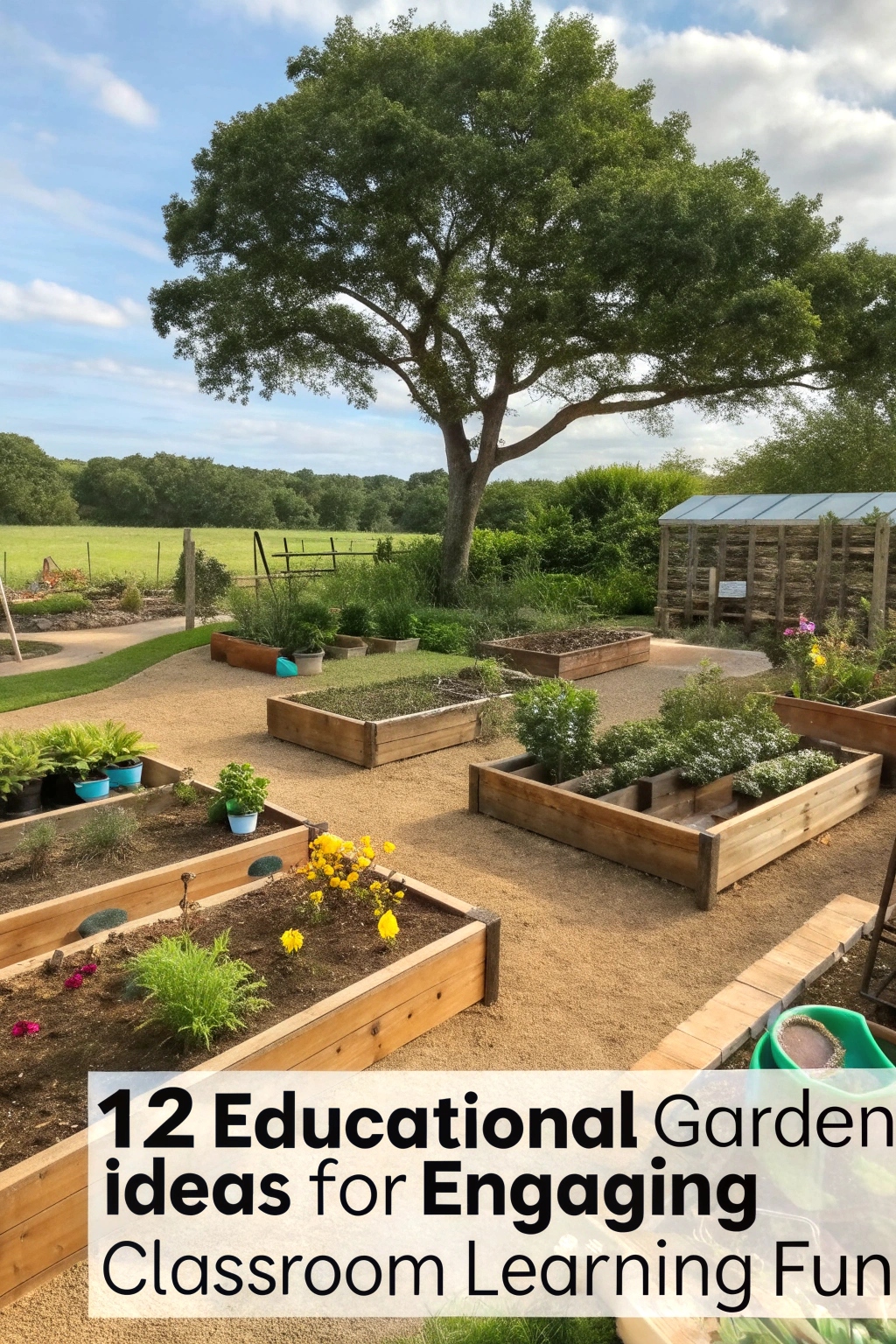Learning can be super fun when you’re outside in a garden. You’re about to discover 12 amazing educational garden ideas that will make you want to learn more. From math gardens to sensory gardens, these ideas promote interactive learning and are perfect for classrooms.
Get ready to unleash your creativity and create a magical learning space. You can start with a math garden where you can learn about shapes, numbers, and patterns in a fun way. What will you create first – a garden that teaches you about science, art, or maybe something entirely new?
Creating a Classroom Compost Corner
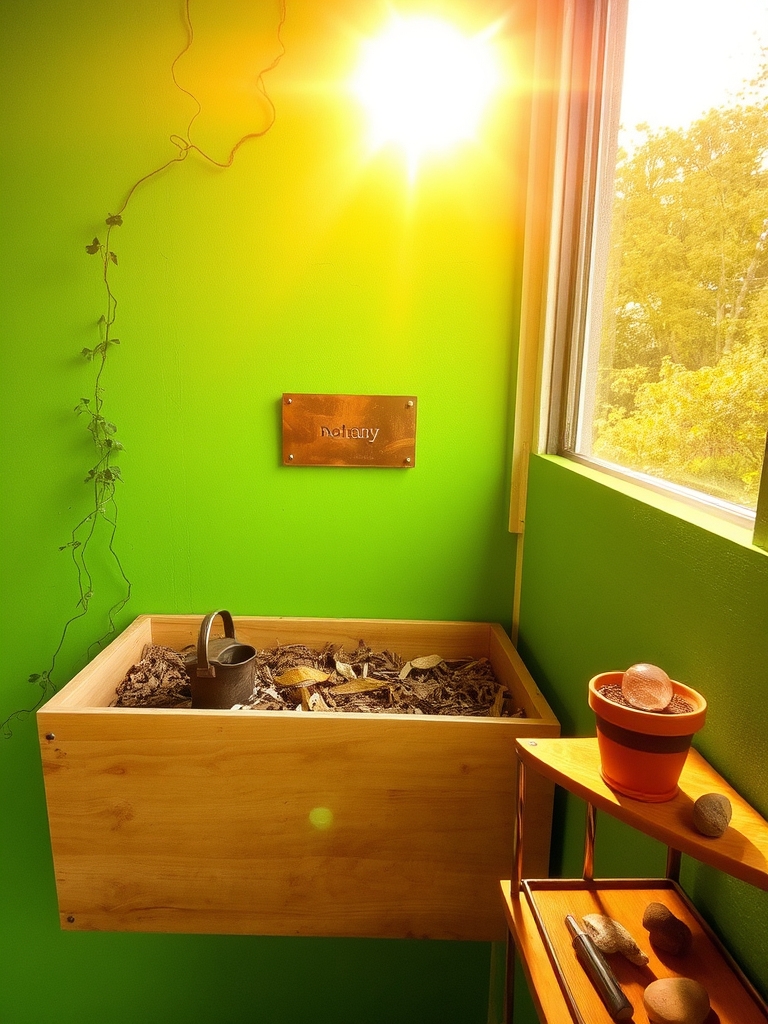
A classroom compost corner teaches students about decomposition and recycling. It involves collecting food scraps and yard waste, adding them to a bin, and monitoring the process. This hands-on activity helps students understand the importance of reducing waste and creating nutrient-rich soil for the educational garden. Proper maintenance guarantees a successful composting experience.
Building a Butterfly Garden

Create a butterfly garden by selecting plants with nectar-rich flowers, such as sunflowers and zinnias, and host plants for caterpillars, like milkweed. Incorporate a water source and minerals to attract a variety of species. Choose a sunny location with minimal wind to provide a welcoming habitat for these delicate creatures.
Designing a Sensory Garden

A sensory garden is designed to stimulate the senses, incorporating a variety of textures, colors, and scents. It typically features plants with different fragrances, tastes, and tactile experiences, such as herbs, flowers, and sensory-friendly materials like wood and stone, to create an immersive educational experience for students.
Making a Math Garden
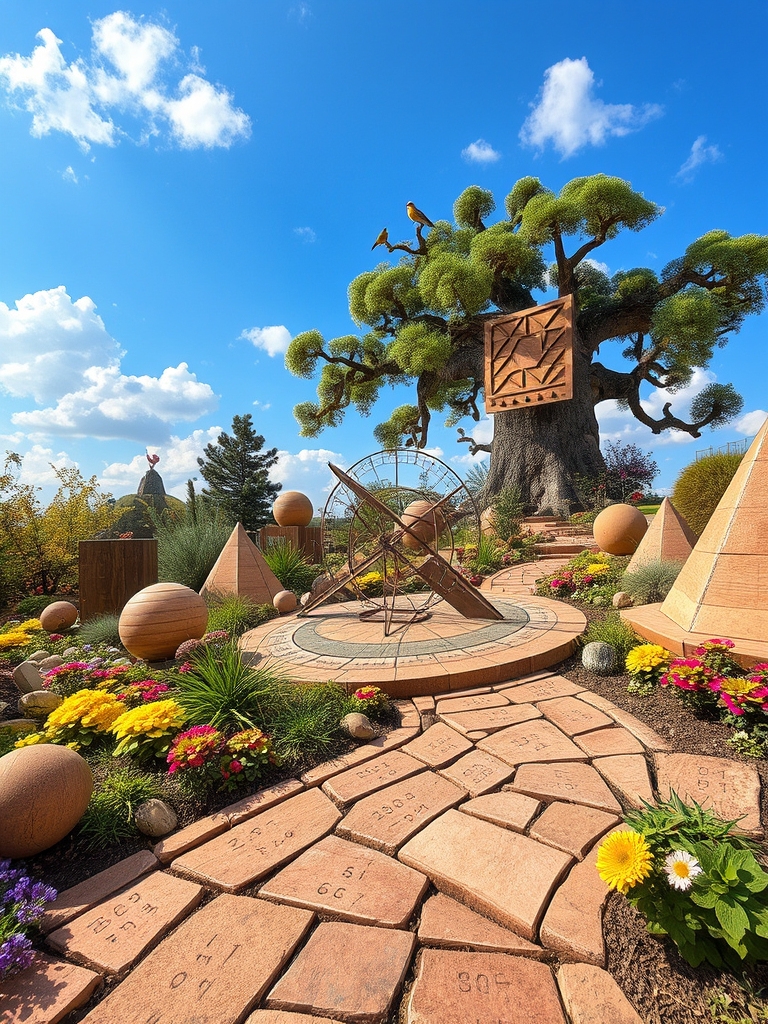
A math garden teaches mathematical concepts through interactive experiences. It features shapes, patterns, and measurements, allowing students to explore and learn through hands-on activities, making math more engaging and fun. Geometry, fractions, and proportions are demonstrated in a practical, real-world setting, fostering a deeper understanding of mathematical principles.
Starting a School Vegetable Patch

Starting a school vegetable patch involves selecting a suitable location, preparing the soil, and choosing easy-to-grow vegetables. Students can participate in planting, maintaining, and harvesting the crops, learning about nutrition, sustainability, and responsibility. This hands-on experience fosters teamwork, curiosity, and an appreciation for nature, while providing a fun and interactive learning environment.
Developing a Drought-Tolerant Garden

Developing a drought-tolerant garden involves selecting plants adapted to dry conditions, using efficient irrigation systems, and implementing water-saving techniques. This approach helps conserve water while maintaining a thriving garden, ideal for areas with low rainfall or water restrictions, and teaches students about sustainable gardening practices and environmental stewardship.
Building a Fairy Garden
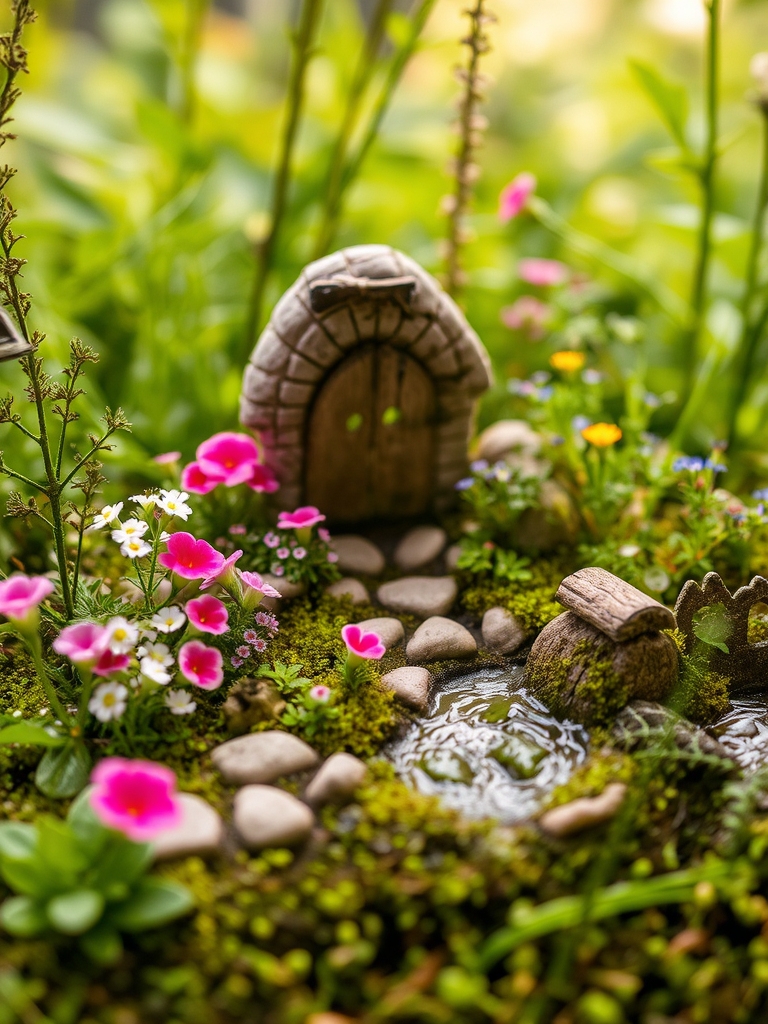
Building a fairy garden is a whimsical project that sparks imagination. It involves creating a miniature landscape with tiny plants, accessories, and decorative features, such as small furniture, stones, and water elements, to attract fairies and other beneficial creatures to the educational garden. Miniature themed elements add enchantment and wonder.
Creating a Garden Ecosystem
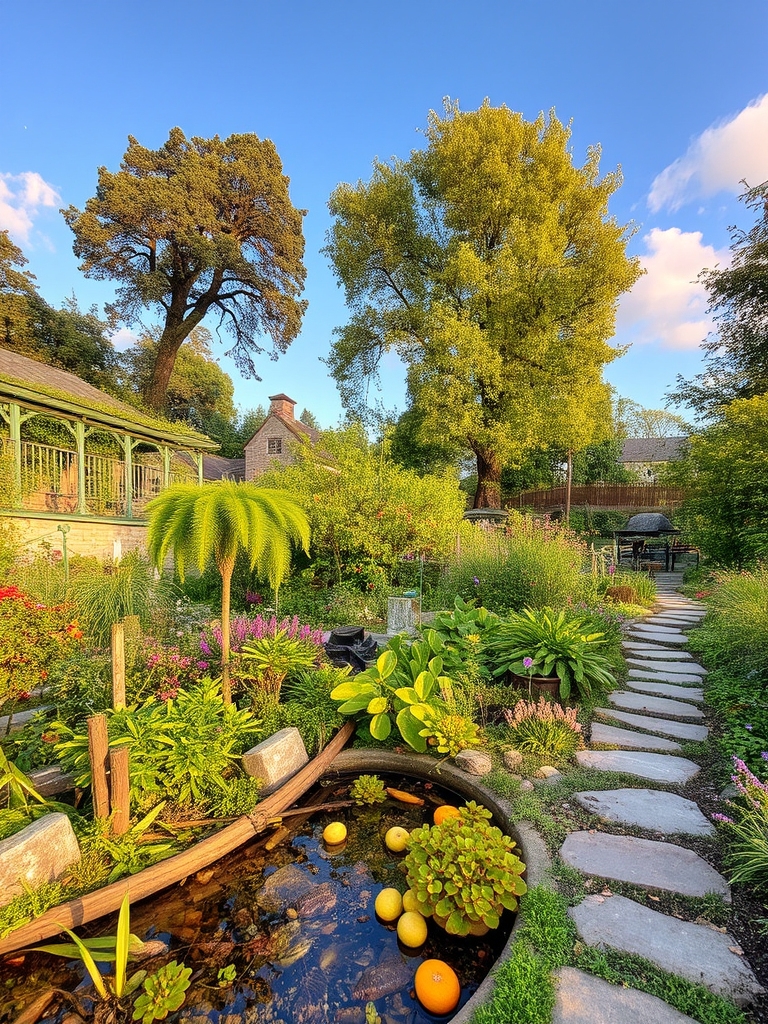
Creating a Garden Ecosystem involves designing a self-sustaining environment where plants, animals, and microorganisms thrive together. This can be achieved by incorporating native plants, composting, and conserving water, which attracts beneficial insects and supports biodiversity, resulting in a balanced and resilient ecosystem that promotes learning and exploration.
Making a Medicinal Herb Garden

Create a medicinal herb garden to cultivate plants with healing properties. Include herbs like chamomile, calendula, and echinacea, which can be used to make teas, salves, and tinctures. Consider adding a variety of mint species and lemon balm for digestive issues and stress relief, and plant them in well-drained soil with adequate sunlight.
Designing a Rain Garden
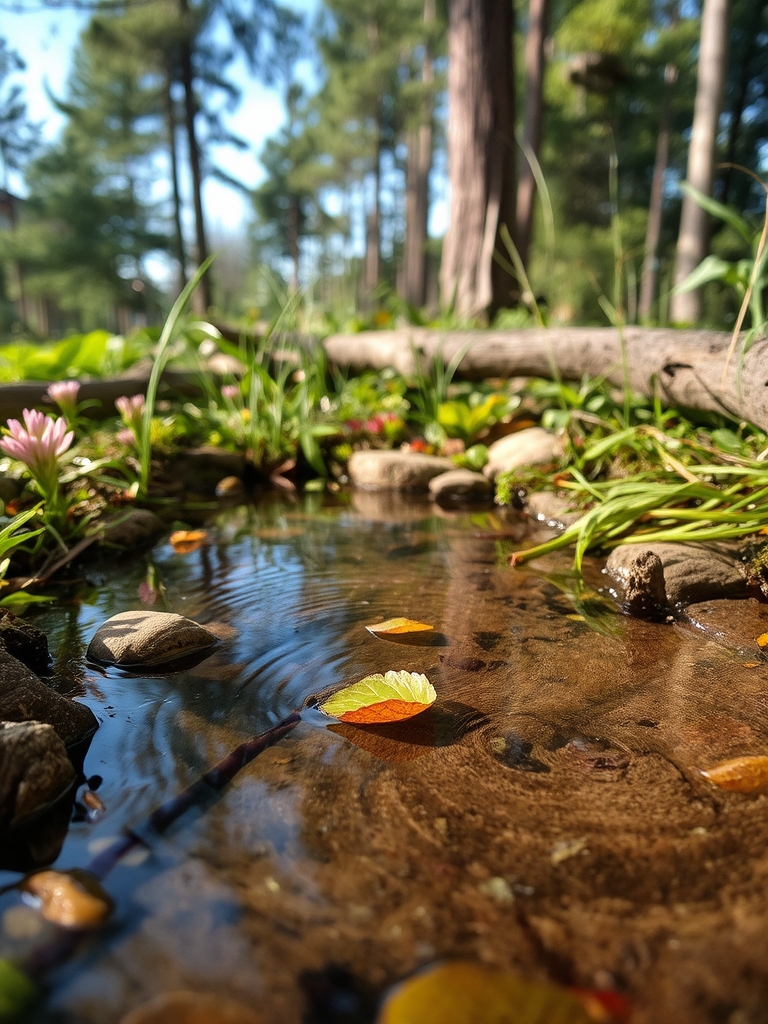
A rain garden is a depression in the ground that collects and filters rainwater, reducing stormwater runoff and creating a unique educational opportunity. It can be designed with native plants, rocks, and logs, providing a habitat for local wildlife and teaching students about water conservation, pollution prevention, and ecosystem balance.
Growing a Windowsill Herb Garden

A windowsill herb garden is a great way to grow your favorite herbs year-round. Choose a sunny spot and select a variety of herbs like basil, mint, and parsley. Use a shallow container with good drainage and a well-draining potting mix. Keep the soil moist and harvest your herbs regularly to encourage new growth.
Building a Vertical Garden
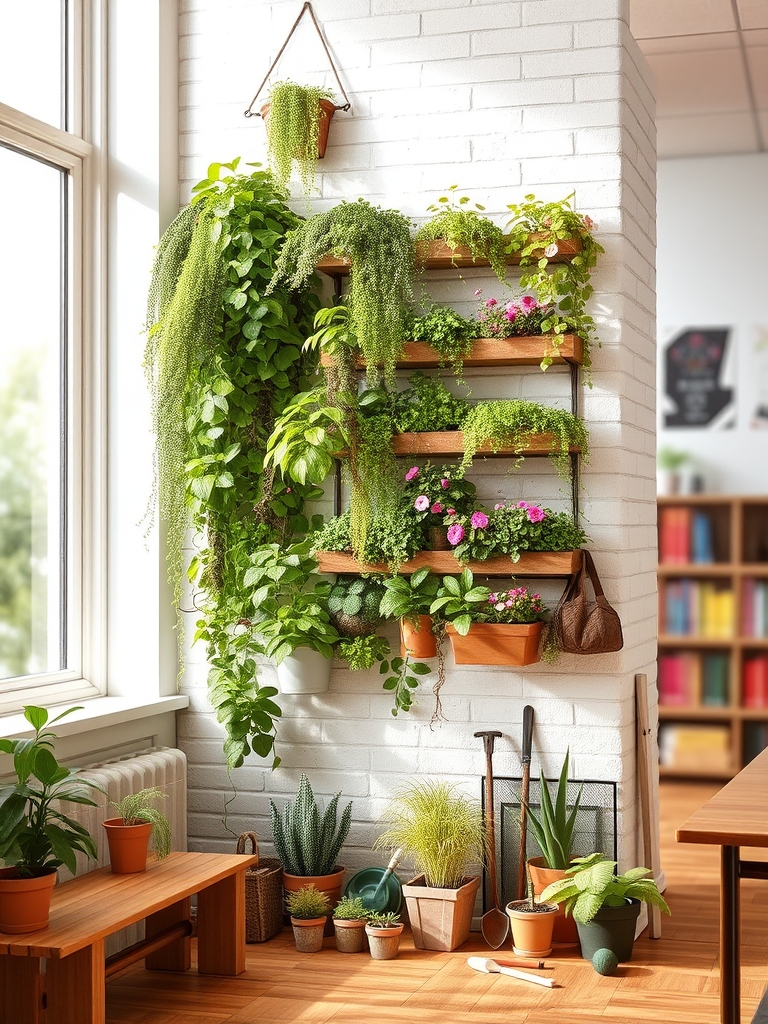
Building a vertical garden involves using a wall or trellis to support plants, maximizing space and adding visual interest. This method is ideal for small areas, such as urban classrooms or indoor spaces, and can be adapted to fit various themes and educational goals, like teaching about sustainable gardening practices or exploring plant growth patterns.
Conclusion
As you step into your newly created garden, it’s no coincidence that students’ faces light up – they’re surrounded by vibrant colors and lively scents. You’ve brought learning to life, and it’s now flourishing in your educational garden, where math, science, and fun coincide in a beautiful, interactive space.

